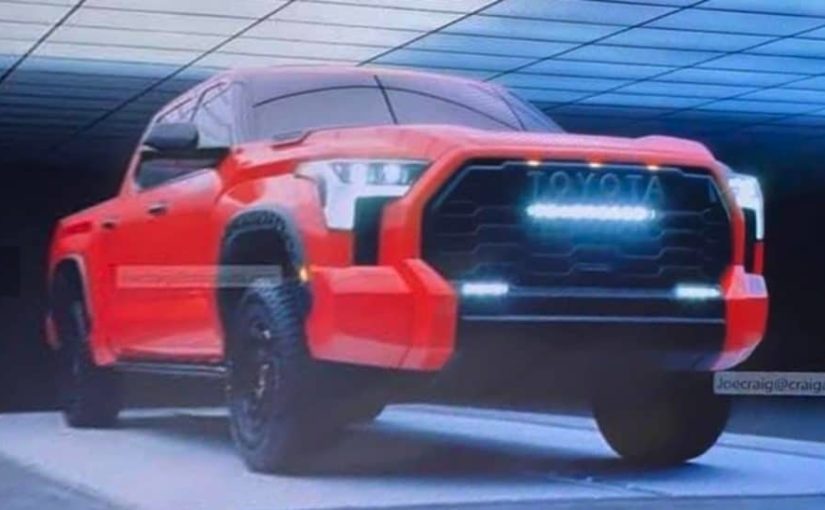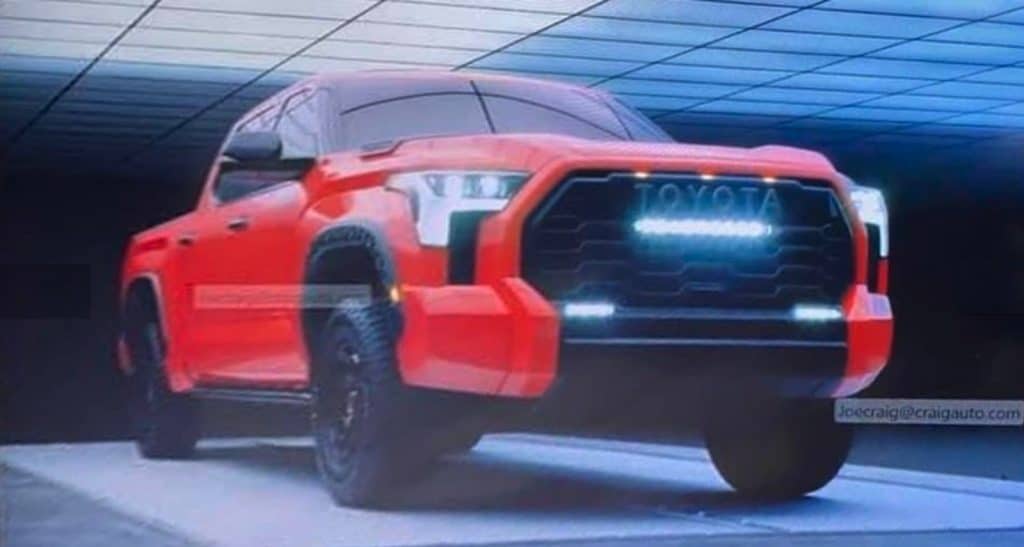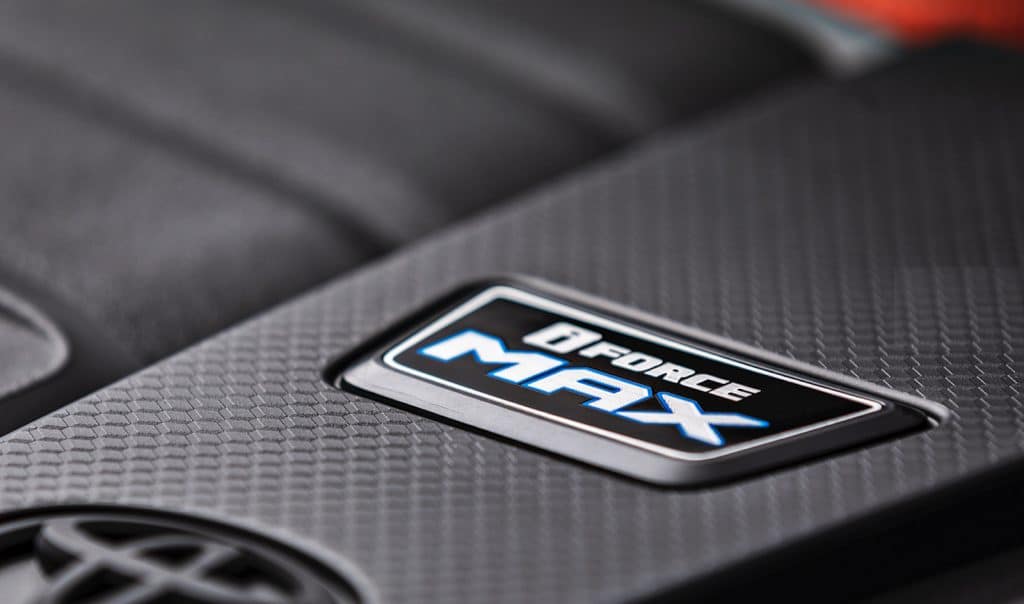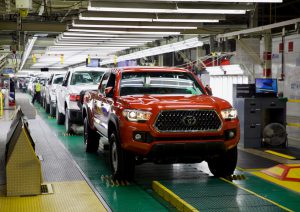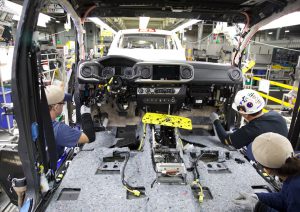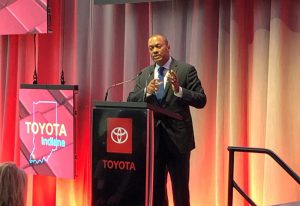Japanese automaker Toyota donated $55,000 to 37 GOP lawmakers who tried to decertify the results of the 2020 president election.

Not only did the Japanese automaker support those politicians, but it was their top supporter — by a lot, according to investigative news website Axios, which pulled the data from a study by the Citizens for Responsibility and Ethics in Washington.
The company’s $55,000 was nearly than double amount of the next closest company, defense company Cubic Corp., which approached nearly $30K in donations. Toyota spread that money out to four times more Republican politicians than the next closest company. Toyota officials defended their donations.
“We do not believe it is appropriate to judge members of Congress solely based on their votes on the electoral certification,” Toyota officials said in a statement emailed to Axios.
“Based on our thorough review, we decided against giving to some members who, through their statements and actions, undermine the legitimacy of our elections and institutions.”

Influencing U.S. elections is a hot-button issue
For decades, what groups are funding politicians has been a contentious issue, but divisiveness surrounding the funding and influence has escalated in the last two presidential elections — Americans want to know who or what organizations are supporting their politicians and candidates.
In the wake of the attack on the U.S. Capitol Jan. 6 where protestors attempted to overturn the election while several Republicans inside the building attempted to forestall the inevitable, the divide has skyrocketed.
In all, 147 GOP members of the U.S. House of Representatives voted against certifying the November 2020 election results that saw former Vice President and Democratic challenger Joe Biden defeat Republican then-President Donald Trump.

Biden captured the popular vote with 81.3 million votes to Trump’s 74.2 million votes. The Electoral College vote was 306 to 232 in favor of Biden with 270 needed to win the presidency.
Since then, Trump and many others have contended the election was stolen. However, neither the Trump campaign nor individual supporters have been able to produce evidence of this, including two cases that went to the Supreme Court — both were shot down.
Where did Toyota’s money go?
The automaker spent big on politicians, including Andy Biggs, an Arizona Republican in the U.S. House. Biggs has been an ardent purveyor of what many call “The Big Lie,” the idea that Trump actually won the election.
Axios reported an organizer of the “Stop the Steal” rally that immediately preceded the storming of the Capitol Building Jan. 6, Biggs helped organize the event. Biggs denies the allegation.
The negative response on social media was swift and predictable with thousands expressing their disappointment and vowing to no longer buy a Toyota. Many tweets used plays on words to talk about the newest Camry S-Edition or some other version of it and typing “#toyota” into the search function automatically pulls up #ToyotaHatesDemocracy.

